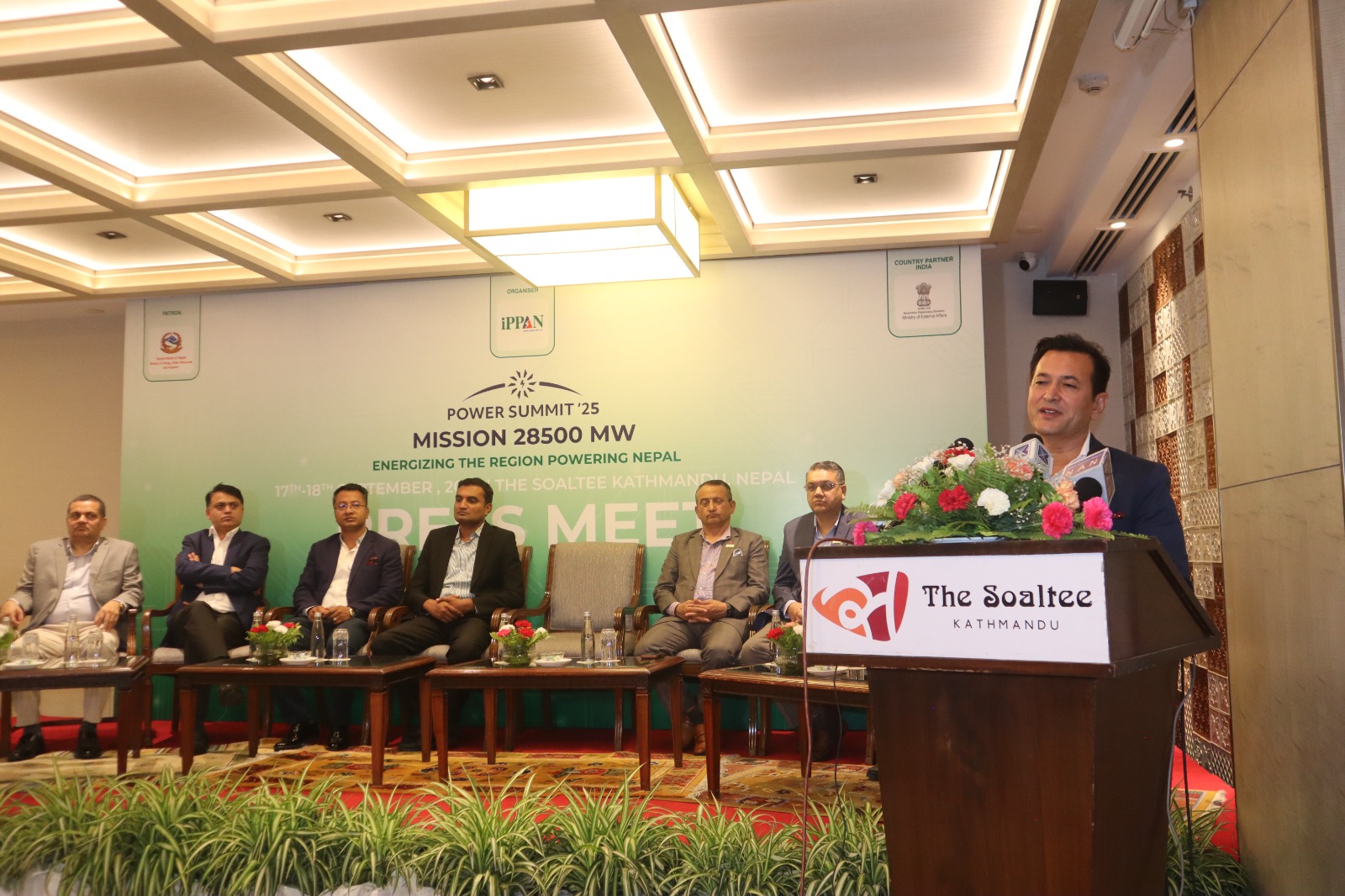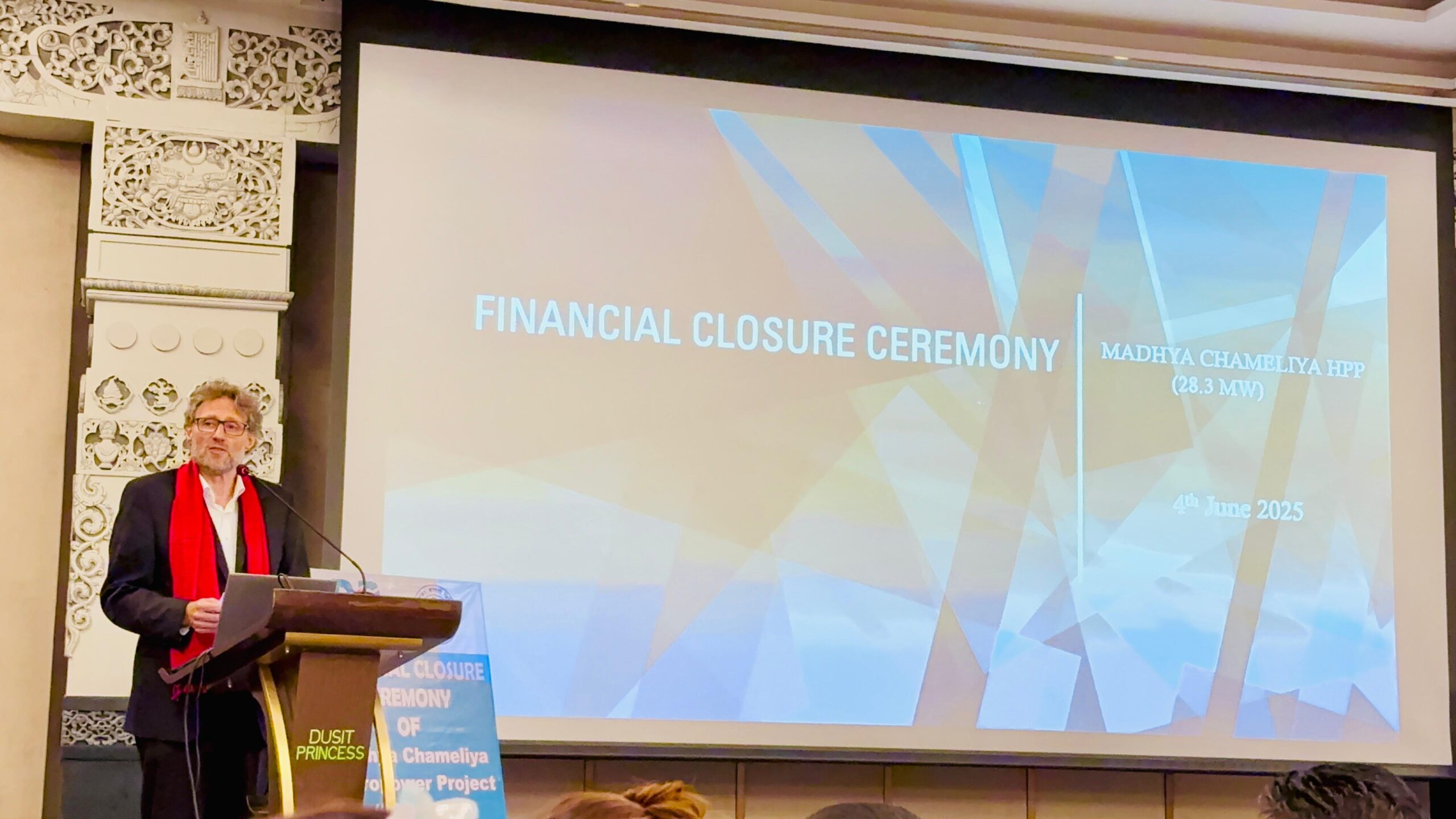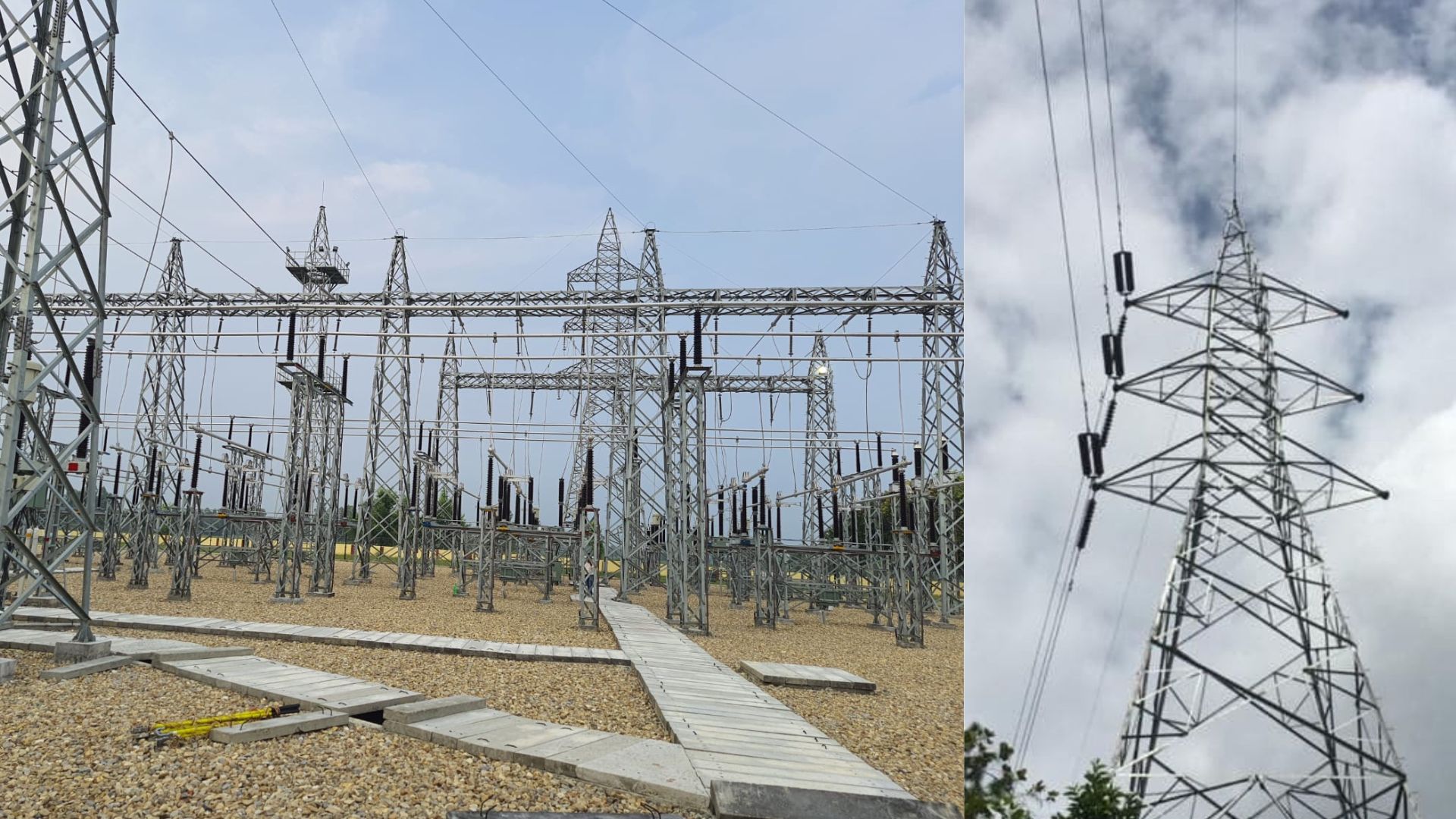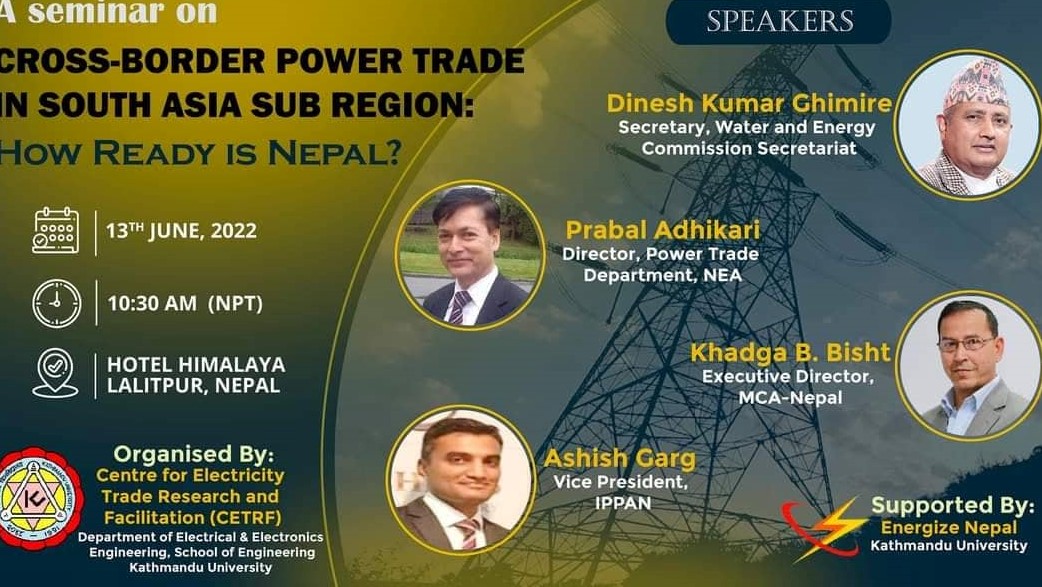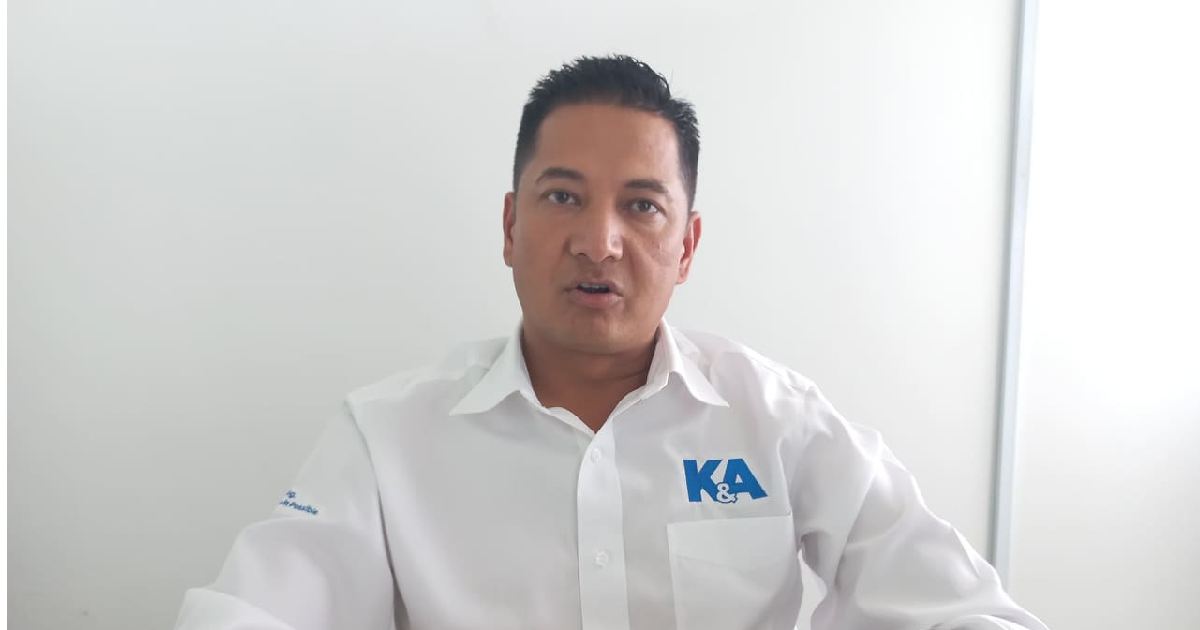Investment Board Nepal is there for maintaining strong relations and contacts with the private sector. It has been trying for a long time to bring foreign direct investment. Some projects have been successful and some projects are still in process. Only last week, they have succeeded in approving investments worth 167 billion 590 million rupees in 5 hydropower projects. Lately, there is a lot of effort to advance public private partnership more seriously. Regarding the sustainability of the organization and developing it as a ‘PPP Center of Excellence’, important initiatives of institutional development have been taken forward.This week, independent energy producers are organizing the Power Summit. Bhim Gautam of Nepal Infrastructure spoke to the chief executive officer of the board, Sushil Bhatta, who is playing the role of facilitating and creating an environment for investment in large projects, on the issues of investment in the hydropower sector, public private partnership, investment difficulties and the role of the board:
How is the progress of the hydropower projects promoted through the Investment Board? Are you satisfied with this or not?
The mandate of the Board of Investment is to look at hydropower projects to be built in Public Private Partnership (PPP) modality above 200 MW. And so far, the board has taken the hydropower projects with a total capacity of more than 4000 MW in a result-oriented implementation framework. It is our experience that we are able to complete the project in a result-oriented manner by managing the possible risks that may arise during the project development in a proper manner. Arun Third Hydropower Project under construction is nearing completion.65 percent has been achieved on the civil side and 20 percent on the transmission line. This project can be considered as a major milestone towards exports. It will create standards in the development of the hydropower sector and especially in the facilitation through the Investment Board.
217 km within the country and 36 km 400 KV transmission line from Mahottari Bathnah to Sitamarhi in India to be built by the investors themselves is a huge infrastructure in itself. Due to the same developer’s trust and confidence, the Project Development Agreement (PDA) negotiation is being prepared with the developer regarding the construction of 669 Mewa Lower Arun. Similarly, the Upper Trishuli hydropower project of 216 Mewa is under construction.
PDA negotiations are also starting with the developer of Upper Marsyangdi 2 of 327 mewa to be used for household consumption. A preliminary report has been received from the selected developer for West Seti and a survey permit for Seti River 6 has been issued. We have 20 energy projects including solar energy projects of 250 MW and the remaining five are under investment approval. The upper Karnali hydropower project has been extended by two years with conditions for financial management.
We are moving forward with the goal of bringing in and mobilizing result-oriented, reliable and quality private investment and in this context we are preparing and implementing a 5-year strategic plan of the Investment Board along with a complete business plan. According to this, we have set the target of approval of investment of 10 billion US dollars and implementation of PPP (Sanisa) projects worth more than 6 billion US dollars. It mainly consists of ‘clean infrastructure’ projects and we are oriented towards achieving the target.
Most of the pledges from the investment conference came in the hydropower sector, its realization has been weak, what is your analysis about the reason for this? How should it be improved?
We are confident that the commitment will be received as an investment based on the intentions received from serious, skilled and diligent investors who are willing to invest in projects with reliable studies.They should have a level of commitment with the board, looking at the project or the intention of both types of projects that are invited with necessary preparation or promoted by direct negotiation without invitation. We are confident that the promised investment in the 4,000 Mewa hydropower projects received by us will be fulfilled.
What kind of hydropower projects are the Investment Board trying to advance in the future, what is its status?
Based on the Project Bank Guidelines, 2022, we are preparing a pipeline by studying reliable and long-term projects. Permits have been issued for the construction and study of all the hydropower projects we have. Keeping in view the needs of the country, we will prioritize projects with reservoirs and peaking run of the river. In this regard, we have felt the need for uniformity in opinion and understanding among all concerned bodies.
The Board of Investment is facilitating the development of a large solar project, how do you see its progress?
Among the solar energy projects, the survey permit has been issued according to the memorandum of understanding with Risen Energy, a grid-connected solar plan with 40 megawatt batteries of 250 MW. Also, a draft of the detailed study report has been received and is under evaluation. Solar energy projects are equally important from the point of view of the energy mix.
Many energy projects in Nepal have gone ahead, how do you analyze the financial management aspect of it? How has the board taken the initiative for this?
The part of financial management is interdependent with the market. Large foreign investment projects have also ensured the market. The market is also an important aspect. Based on our experience in project facilitation and management focused on energy export, we have also been looking for developers accordingly. The fundamental reason for the involvement of the private sector in hydropower development is the assurance of the market. The PPA with the buyer itself is a ‘bankable document’. As far as we are discussing reservoir projects, they are capital intensive and in their case, it seems necessary to study and do homework related to financial instruments to make the investment possible through subsidized investment from sources like development investment institutions, green climate fund.
Is specially the Board of Investment facilitating foreign direct investment in particular? Looking at the interest of foreign investors and the current situation in Nepal, what steps do you think can be taken in the future to increase investment in Nepal?
We are working on the basis of the scope and role provided by the Public Private Partnership Act and Regulations, and based on our working experience, we have proposed some amendments to the law through the Nepal Law Amendment Bill. On the other hand, in the matter of sustainability of this organization and in the matter of developing it as a ‘PPP Center of Excellence’, important initiatives of institutional development have been advanced.
The main management of Ippan is going to have a power summit in Baisakh, the investment board is also participating in it. How do you expect the summit to contribute to the development of the energy sector? How is the investment board participating in this?
As specified by the strategic plan of the Board of Investment, we are collaborating and partnering with various organizations, domestic and foreign chambers of commerce, private sector, foreign diplomatic missions, donor agencies, etc. to reach investors, establish contacts, call for investments, and showcase projects.
We ourselves have been organizing an investment conference as a ‘flagship event’ every two years. West Seti and Seti River 6 Lower Arun, Tamor hydropower projects in the energy sector have moved forward based on the intentions expressed in the investment conference. Accordingly, in the power summit to be held in Kathmandu on Baisakh 5th and 6th, we will inform the participants about legal and administrative arrangements, facilitation, incentive arrangements, benefits, investment opportunities, success stories related to PPP investment.


